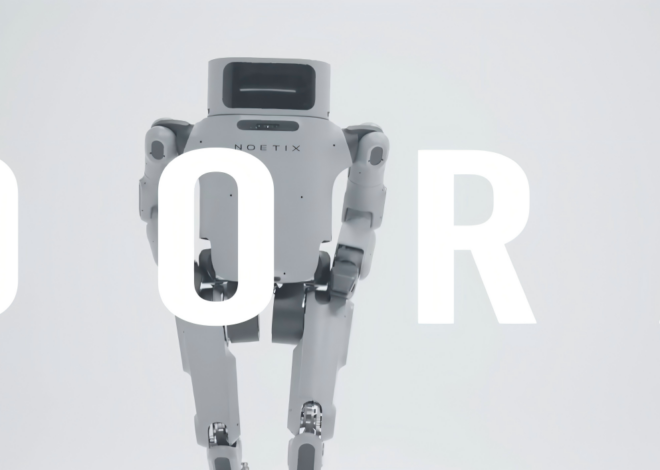
Breaking the Oil-Electric Paradigm: CATL Ushers in the “Personalized Era” of Batteries
The era of customized power batteries has arrived. On the eve of the Shanghai Auto Show, CATL showcased its technological prowess.
On April 21, CATL held a “Boundary Awakening” Super Tech Day, unveiling three key products: the second-generation Shenxing Battery, Sodium Nova Battery, and Xuniverse Dual-Core Battery.
Second-Gen Shenxing: 800km Range with 12C Charging
The new Shenxing battery delivers both 800km range and peak 12C charging capability. To visualize: 30 seconds of charging adds 75km, equivalent to 2.5km per second. This serves as CATL’s powerful response to BYD’s recent 10C flash charging announcement, demonstrating its technical leadership.
However, this was merely the appetizer. CTO Gao Huan spent only minutes presenting it before introducing the star attraction.
Sodium Nova: Solving Cold Weather Challenges
Following Kirin, Shenxing, Xuniverse and Tianxing, CATL’s Sodium Nova battery addresses sodium-ion’s traditional weakness in energy density while maximizing low-temperature performance and charging rates.
With 175Wh/kg energy density, it enables 500km pure EV range or 200km hybrid range—sufficient for daily commutes and regional travel. Remarkably, it maintains 90% capacity at -40°C with 5C peak charging, scheduled for mass production by late 2025. This breakthrough could accelerate EV adoption in northern China.
Xuniverse Dual-Core: The Game Changer
The truly revolutionary product is the Xuniverse Dual-Core Battery, which divides a battery pack into two independent energy zones using different cell chemistries. This “six-sided warrior” approach overcomes single-material limitations.
Critics might question the space efficiency given increased wiring, but CATL’s self-generating anode technology boosts volumetric energy density by 60% and gravimetric density by 50%, enabling higher capacity within the same footprint.
The proprietary anode features a lithium metal protective layer that minimizes side reactions, complemented by optimized separators and electrolytes for enhanced safety and longevity. This technology adapts flexibly across chemistries:
- Sodium-based: 350Wh/L
- LFP-based: 680-780Wh/L
- Ternary-based: 1000Wh/L (60% improvement)
Four configurations were showcased:
- Sodium-Iron Dual-Core: Combines Sodium Nova with LFP self-generating anode. Delivers 700km+ range for 2.75m wheelbase vehicles with -40°C resilience.
- Iron-Iron Dual-Core: Pairs second-gen Shenxing with LFP anode. Achieves 1,000km range for 3m wheelbase vehicles with 7-minute 10-80% charging.
- Ternary-Iron Dual-Core: Marries ternary cells with LFP anode. Maintains 600kW output at 20% SOC (surpassing V12 engines) with 12C charging.
- Dual-Ternary Dual-Core: Dual ternary system enables 180kWh capacity and 1,500km range for luxury sedans.
Electric-Electric Range Extension: Your Era Begins
While automotive design has long embraced personalization, batteries remained standardized—until now. CATL’s dual-core system introduces customization based on geography and consumer needs.
This “electric-electric range extension” replaces traditional oil-electric systems with battery-to-battery energy transfer, eliminating range anxiety while offering tailored experiences through intelligent energy allocation:
- Northern drivers: Sodium-Iron for cold climates
- Performance seekers: Dual-Ternary configuration
As the only company with multi-chemistry expertise (spanning sodium-ion, LFP, M3P, ternary, condensed matter, silicon-carbon, and self-generating anode tech), CATL uniquely enables this innovation. Dual-core is just the beginning—future systems may incorporate three or more energy zones.
No single battery chemistry can satisfy all scenarios. Ternary offers high energy density but safety concerns; LFP is safer but struggles in cold; sodium excels at fast charging but lacks density. CATL’s multi-core approach combines strengths to create truly versatile solutions.
While the industry debates “oil vs. electric,” CATL has redefined competition by making batteries context-aware. As attention shifts to smart features, this proves battery innovation remains vital—the awakening of technical boundaries has just begun.

